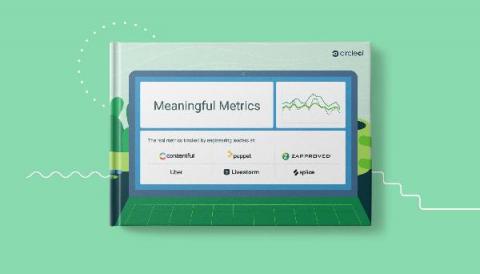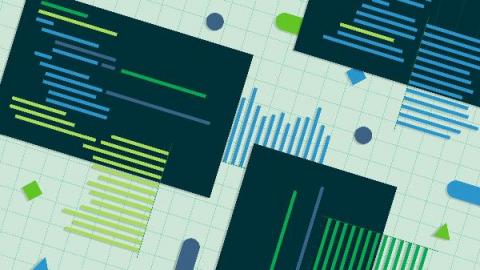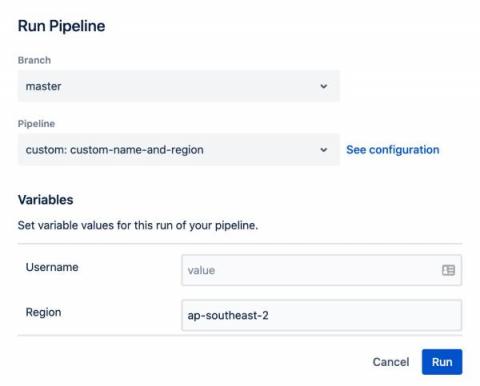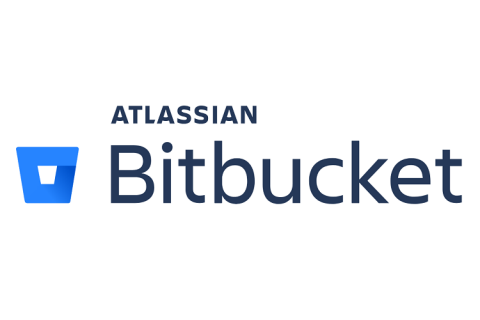Operations | Monitoring | ITSM | DevOps | Cloud
CI CD
The latest News and Information on Continuous Integration and Development, and related technologies.
JFrog Cold Artifact Storage: Retention Policies for Your Binaries
Use these metrics to get the most out of your engineering team
I’ve been leading software teams for more than 20 years and one thing I’ve learned about metrics is that leaders tend to put too much emphasis on engineering metrics alone, without considering the bigger picture. After speaking to a range of engineering industry leaders, and poring over millions of jobs processed from software teams worldwide, we found that the most insightful and relevant metrics fall into three categories: What metrics are meaningful for your team to measure?
Penetration testing at CircleCI
For the past five years, CircleCI has hired third-party penetration testing firms that hammer our product releases or infrastructure at minimum every 90 days. To date, we’ve done more than 25 of these. Sometimes they cover new product features and other times they cover infrastructure.
Introducing Codefresh Argo Platform
CVE-2020-27304 - RCE via Directory Traversal in CivetWeb HTTP server
Smoke testing in CI/CD pipelines
Here’s a common situation that plagues many development teams. You run an application through your CI/CD pipeline and all of the tests pass, which is great. But when you deploy it to a live target environment the application just does not function as expected. You can’t always predict what will happen when your application is pushed live. The solution?











